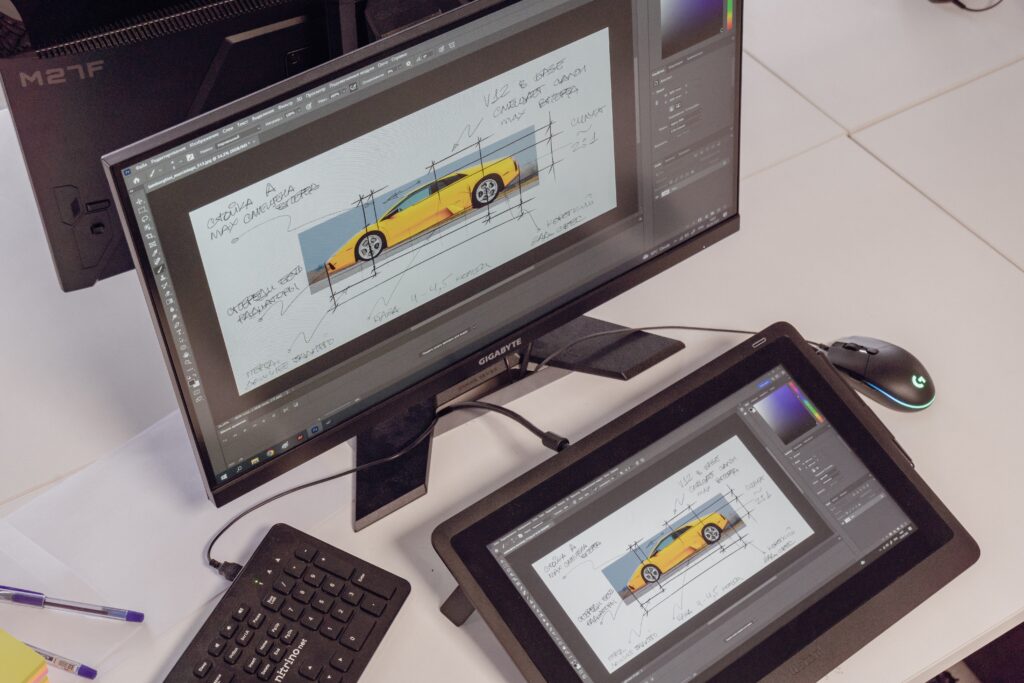A prototype is an early sample, model, or release of a product built to test a concept or process or to act as a thing to be replicated or learned from. It is a term used in a variety of contexts, including semantics, design, electronics, and software programming.
A prototype is designed to test and trial a new design to enhance precision by system analysts and users. Prototyping serves to provide specifications for a real, working system rather than a theoretical one. In some workflow models, creating a prototype (a process sometimes called materialization) is the step between the formalization and the evaluation of an idea. The word prototype derives from the Greek πρωτότυπον prototypon, “primitive form”, neutral of πρωτότυπος prototypos, “original, primitive”, from πρῶτος protos, “first” and τύπος typos, “impression”.

Prototypes for startups are commonly built to raise additional venture capital, recruiting co-founders, and building partnerships. It is important to note that these prototypes are not always ready for public consumption as they might contain bugs or unfinished features.
There are three main types of prototypes:
1. working prototypes
2. visual prototypes
3. paper prototypes.
A working prototype is a prototype that is fully functional and can be used for demonstrations and user testing. A visual prototype only focuses on the look and feel of the product and is not meant to be interactive. A paper prototype is a low-fidelity prototype that is quickly put together with little or no code. Paper prototypes are often used to test user flows and evaluate user experience.
When choosing which prototype to build, it is essential to consider its goals and the available resources. Building a working prototype may be more expensive and time-consuming than building a visual or paper prototype. Still, it will be more accurate in representing the final product. A paper prototype may be the best option if the prototype’s goal is to test user experience or user flows.
Building a prototype can help to validate an idea, test a concept, and gather feedback from potential users. Prototypes are often created using tools such as Sketch, InVision, Marvel, or Balsamiq.
When building a prototype, it is essential to keep the following in mind:
1. The prototype should be as close to the real thing as possible.
2. The prototype should be interactive and allow users to experience the product.
3. The prototype should be built using readily available tools.
4. The prototype should be tested with potential users to gather feedback.
Building a prototype is a great way to test an idea and gather feedback from potential users. It is vital to keep the goals of the prototype in mind when choosing which type of prototype to build. Working prototypes are more accurate in representing the final product but may be more expensive and time-consuming to build. Visual prototypes only focus on the look and feel of the product and are not meant to be interactive. Paper prototypes are a quick and easy way to test user flows and experience. Ultimately, the best prototype is the one that will help you achieve your goals.
What are the benefits of prototyping?
There are many benefits to prototyping, including:
1. Allowing for user testing and feedback early on in the development process.
2. Helping to validate an idea or concept.
3. Enabling a team to experiment and iterate quickly.
4. Helping to save time and money by identifying issues early on.
5. Allowing for early detection of problems that can be addressed before moving forward with development.
6. Creating a shared understanding of the product among the team members.
7. Helping stakeholders visualize the product and understand how it works.
8. Facilitating communication between designers, developers, and other team members.
9. Allowing for changes to be made quickly and easily.
Prototyping is a great way to test an idea, gather feedback, and validate a concept. It is also helpful for facilitating communication among team members and helping stakeholders visualize the product. Ultimately, prototyping can help save time and money by identifying issues early in the development process.